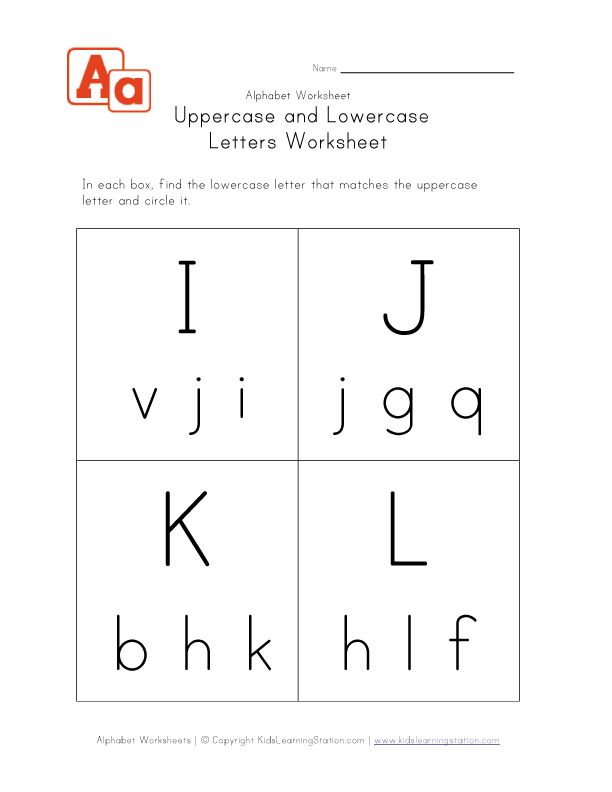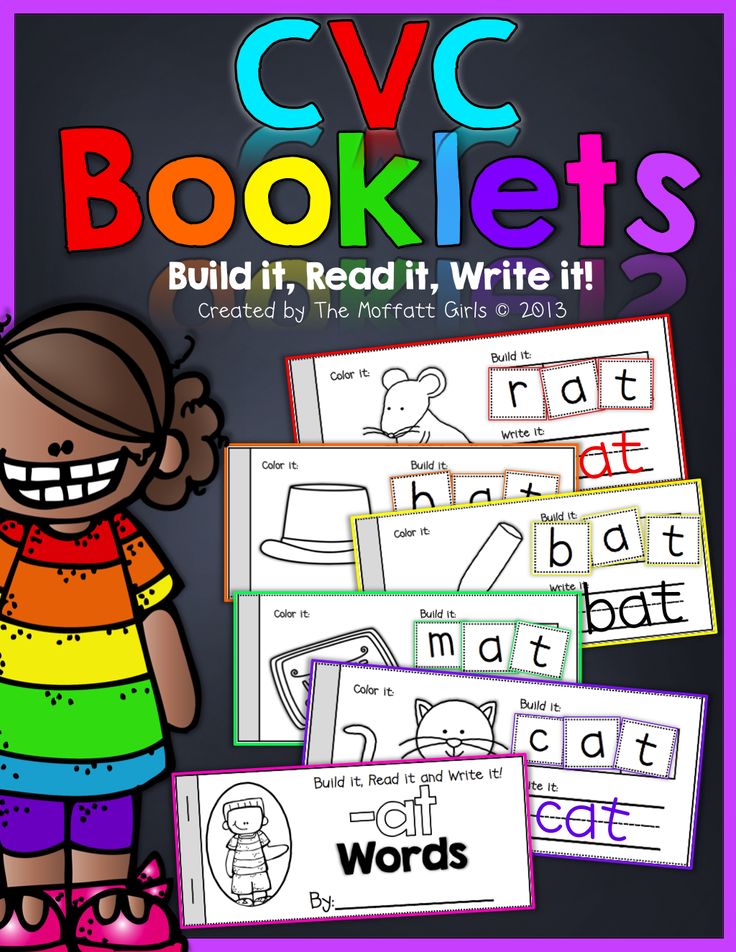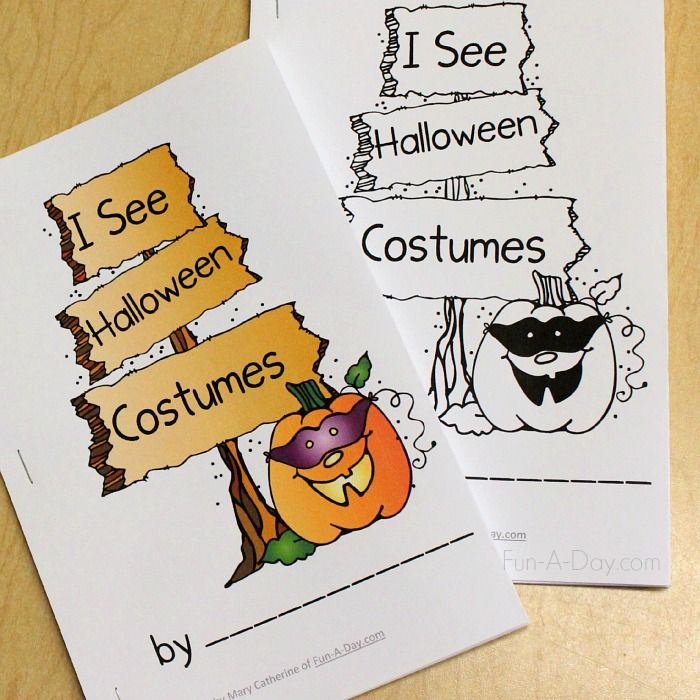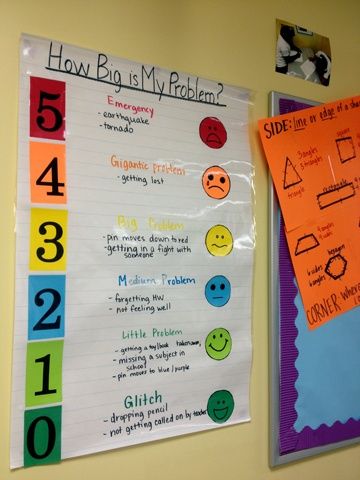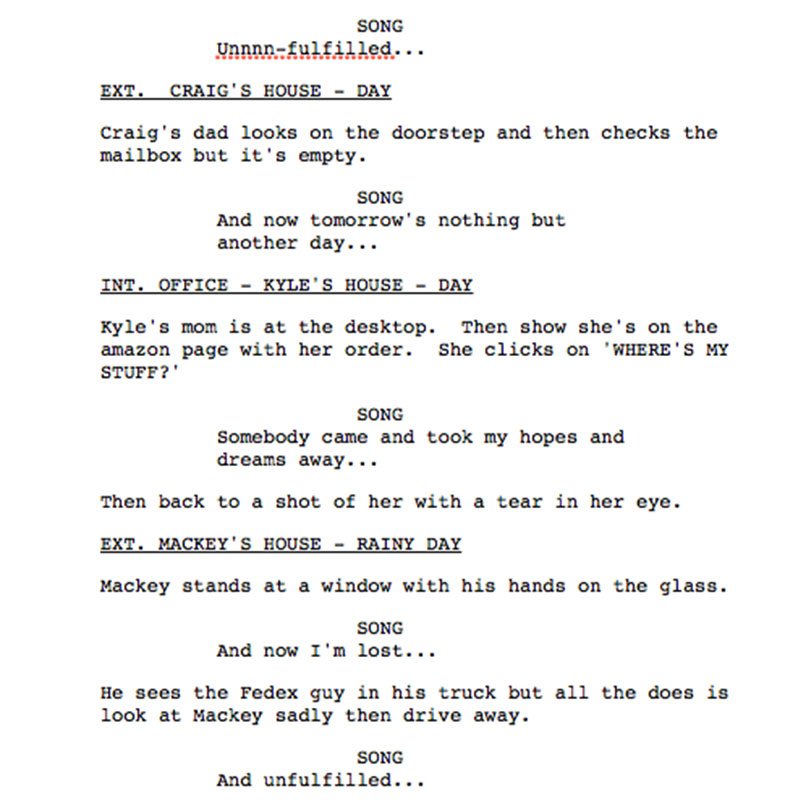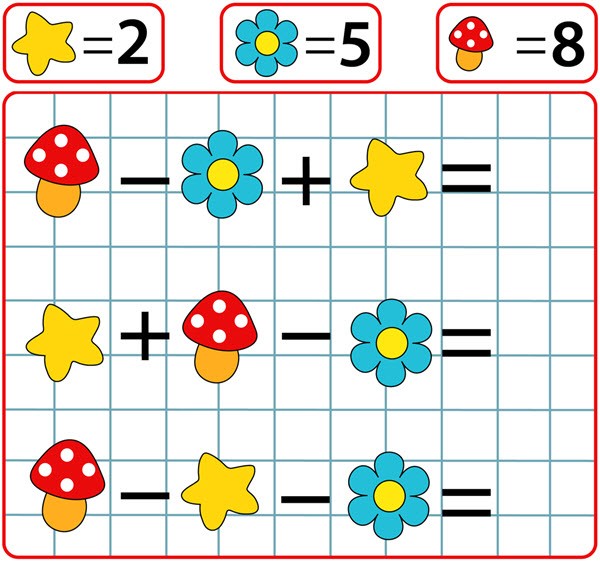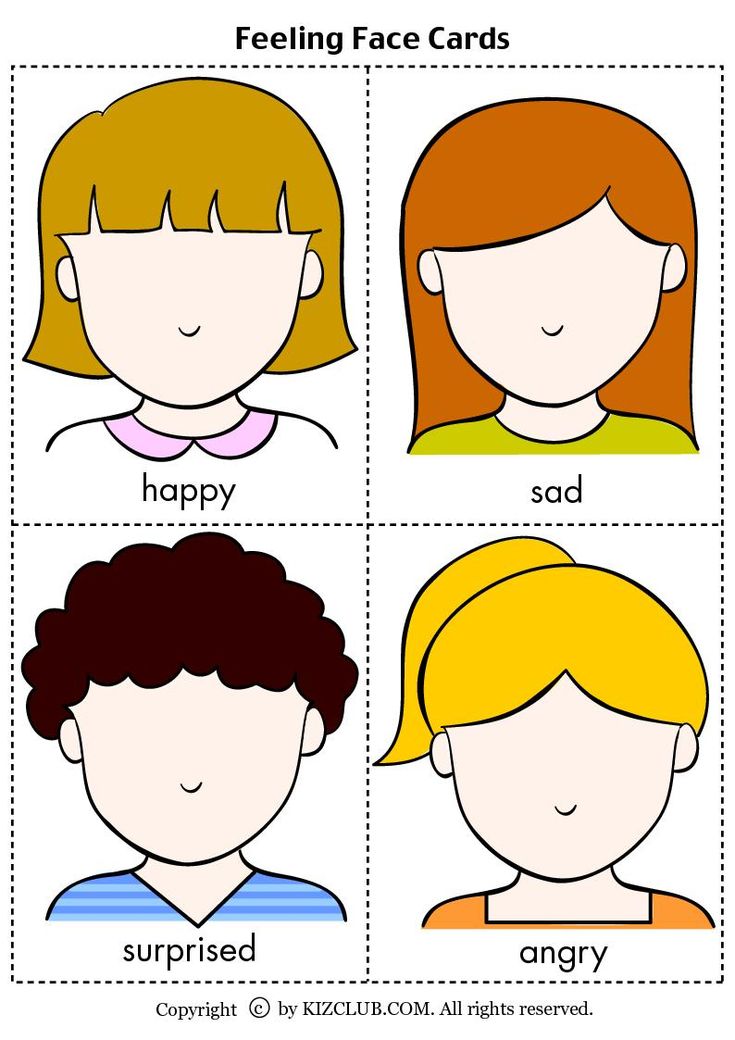Vowels activities kindergarten
Fun and Quick Short Vowel Activities
Short vowel sounds tend to be fairly difficult for students to learn. They may have trouble distinguishing some of the sounds, such as ‘i' and ‘e.' This means they need lots of practice, using fun and quick short vowel activities for listening and also for reading.
When students start out with a weakness in the discrimination of vowel sounds, it follows that their spelling will suffer. And until they can master these sounds they will unfortunately struggle with reading across all grade levels.
Easy Short Vowel Activities
Teaching with visual and kinesthetic activities are effective ways to help your students with short vowels sounds.
Sand Writing
Prepare this activity well in advance by starting a collection – a pack of paper plates is probably cheapest, but you can use anything you have spare – sand trays don't need to be pretty! Add salt or sand – colored sand is always great fun! Just pour some sand onto your chosen objects for each of your students. Then say a short vowel sound, or a word containing that sound. Students can then write the letter in the sand while saying the sound and/or letter name. Another option for sand writing is to use the free Sand Draw app! Definitely less messy! Add magnetic letters for those students who still require some help with letter formation.
This simple but effective activity is a quick way for students to practice distinguishing short vowel sounds. You will need some picture cards. Have students work with no more than 2 or 3 sounds at a time. They can sort the pictures into columns or rows based on the vowel sound. They should then name each picture and say the vowel sound aloud.
Short Vowel Craft Stick ‘Puppets'These are super fun to make! Every classroom usually has loads of these lying around in boxes somewhere! Perfect for craft, but also perfect to make fun short vowel ‘puppets' – students just love them! If you don't have any, they can be bought cheaply from Amazon.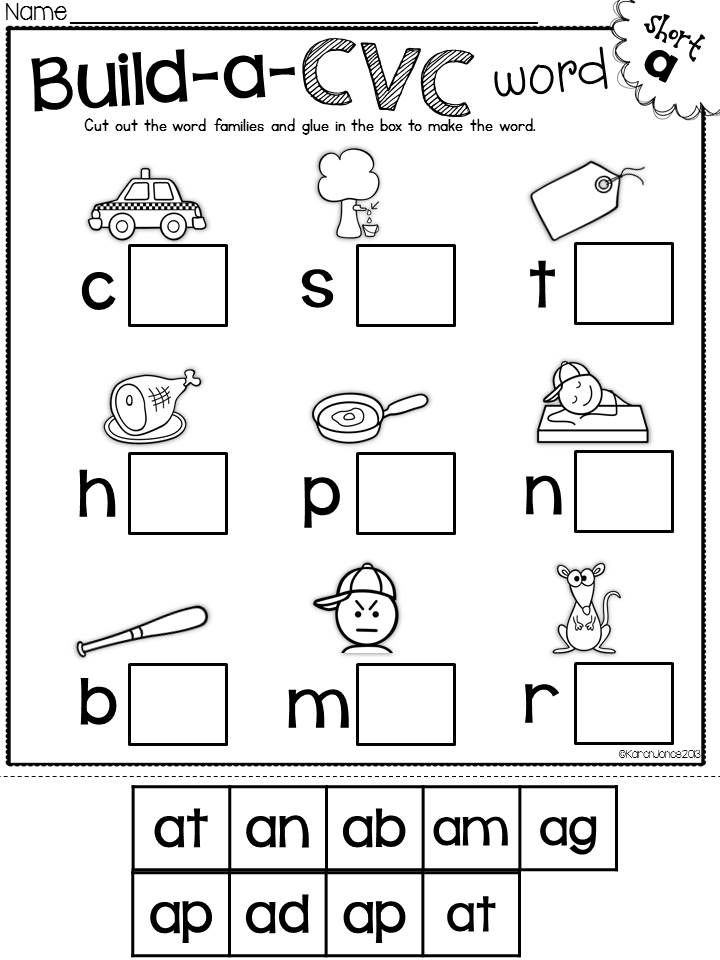 I use the giant craft sticks, as these are less fiddly for little hands.
This pack of 500 is a great deal with a 43% discount (affiliate). The teacher should say a word, students repeat the word, identify the short vowel sound and hold the correct ‘puppet' aloft. Begin by asking them to say the sound as they hold up their puppets, but this could also be extended to the letter name and sound. Example: A says /a/
I use the giant craft sticks, as these are less fiddly for little hands.
This pack of 500 is a great deal with a 43% discount (affiliate). The teacher should say a word, students repeat the word, identify the short vowel sound and hold the correct ‘puppet' aloft. Begin by asking them to say the sound as they hold up their puppets, but this could also be extended to the letter name and sound. Example: A says /a/
When completing these sorts of activities, students can often appear to be successful, but it is important to remember that the real test comes when they actually begin to apply their learning in the context of reading ‘real' texts. However, many students may require a transition stage, where they practice fluency first. Fluency strips are the perfect solution! They read a strip full of words, where the short vowel changes with each word. Students are required to pay very close attention to the changes.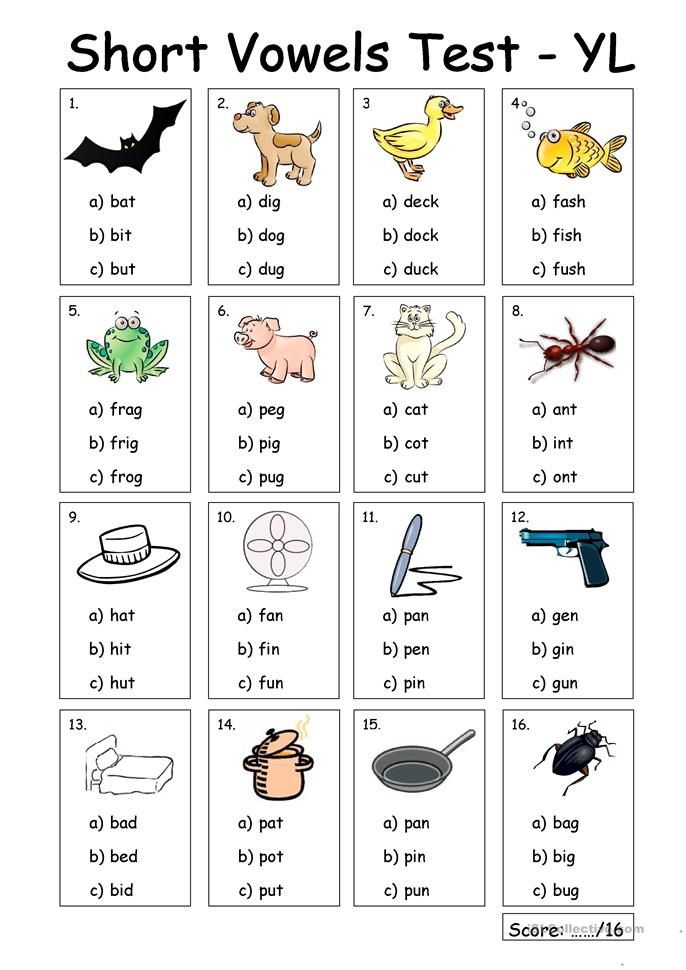 This type of activity is great for transitioning to ‘real text'. They are also useful in small group work, where students can demonstrate the progress they are making with accuracy and pace.
This type of activity is great for transitioning to ‘real text'. They are also useful in small group work, where students can demonstrate the progress they are making with accuracy and pace.
extension game
Short ChunksUse letter cards or magnetic letters to make word chunks with the vowel sounds. For example, you can chunk ‘a' and ‘m' together to make -am. Then brainstorm to make as many words as you can out of that chunk, such as ‘ham' or ‘ram.' There are so many variations of short chunks in this activity that you may want to do a quick 5 minutes in the morning or before dismissal. I have also completed this activity in teams, with a timer – rewards for winners should be made clear beforehand!
Incorporating CVC practice all year long, in as many ways as possible, will set your students on the road to being good readers. How do you practice short vowel sounds?
you may also be interested in reading:
- Fun Ways To Teach CVC Words
- Ideas for Teaching Digraphs
cvc resources you may wish to explore:
CVC Words Cut and Glue Worksheets | Short Vowels | Word Families
CVC Words | Small Group or Center Activities | Real and Nonsense Words
CVC Words Class Games | Bingo | Write The Room | Follow Me
CVC Words Center | Write and Wipe Cards | Word Work Activity
CVC Words Family Houses
CVC Words Family Houses Activity Worksheets
CVC Words | Word Families | Worksheets Games and Center Activities | BUNDLE
8 Simple and Fun Short Vowel Sound Activities for all Ages
Want to lessen the anxiety that comes with pronunciation-focused classes and get students excited to learn?
Here are eight simple and fun short vowel sound activities you can use to teach students of any age or level:
1.
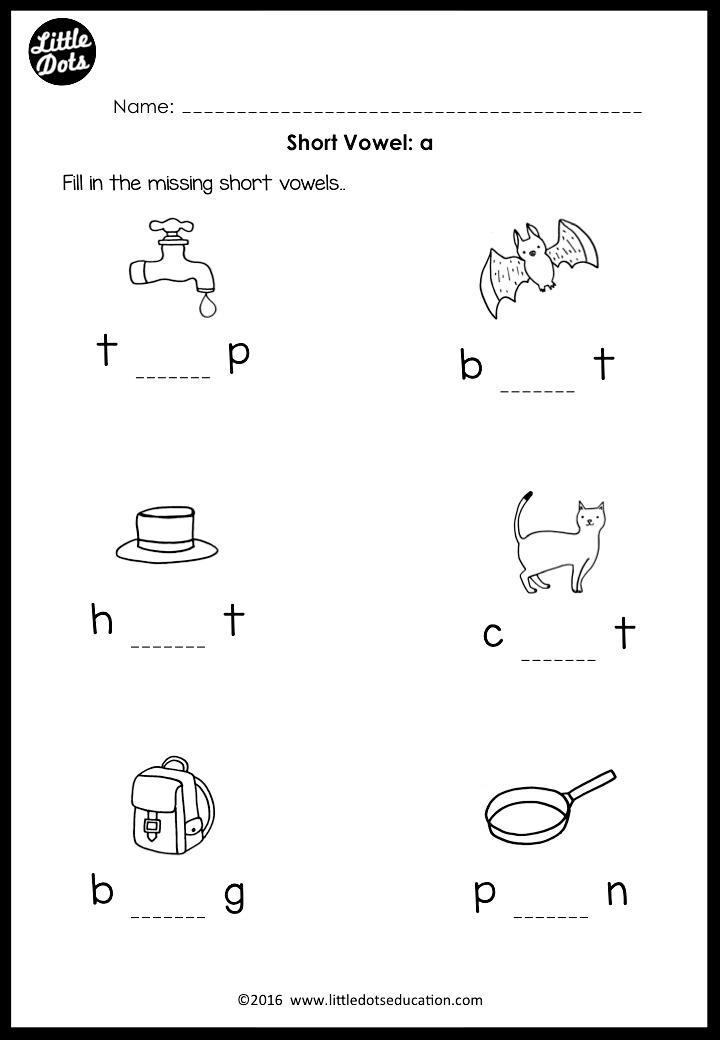 Pronunciation Maze
Pronunciation MazeBest suited for children.
You’ll need to prepare a worksheet filled with words in a maze layout for this activity. Students have to make their way through the word maze by finding words with the same vowel sounds.
It goes without saying that you should tailor the maze to their English level. Some students may find it too easy, and that’s fine. The focus of the activity is making the students aware of the vowel sounds, getting them to use them, and helping them hear the difference between similar sounds, like “bit” and “beat,” for example.
Pronunciation mazes work well because they help students notice patterns, like words with “ea” sounding the same.
Here’s a maze for the short “u” sound
Here’s a maze for the “oo” sound, as in “book.”
Here’s a maze for the “o,” “ou,” and “u” sounds.
Looking for a helpful resource for teaching short vowel sounds effectively? Check out the Creativa course Mastering North American Pronunciation.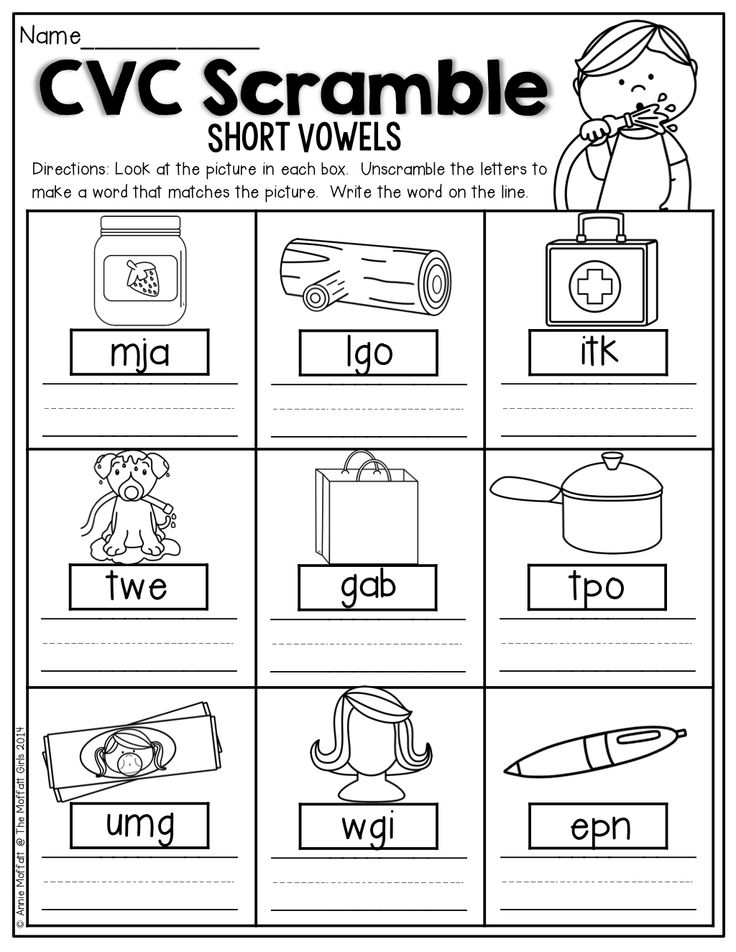 Our team has carefully designed the course with high-quality, engaging videos that dive deep into every area of English pronunciation so learners can speak fluently sooner.
Our team has carefully designed the course with high-quality, engaging videos that dive deep into every area of English pronunciation so learners can speak fluently sooner.
Don’t miss the video episode on short vowel sounds that features real-life examples and tips you won’t find in coursebooks! Check out this free video from the course and get started today.
2. Shadow Reading
Suitable for any age and level.
Shadowing, or shadow reading, is a technique where you repeat an audio or video just after hearing it. You’re acting like an “echo” or a “shadow” (hence the name). Students listen to the words and then say them back out loud, focusing on the correct pronunciation of the sounds rather than vocabulary.
There are two ways you can use the shadow reading exercise:
- With an audio or video clip.
- With a text, like material from your coursebook, if you use one.
There are a few obvious benefits to shadow reading or shadowing:
- Students can do it on their own.

- It takes only about 15 minutes.
- It improves listening, prosody, and intonation.
- It’s often free– no need to print materials, etc. Just access to audio, videos, or an existing text.
Steps for shadowing:
- Find a suitable audio clip or video for your student’s level. You can use Youtube, Netflix, and even podcasts for English learners.
- The student listens once for context. It undoubtedly helps when the student understands the context of an audio or video before repeating the dialog. Get them to listen once, so you’re sure they understand the context and all the essential vocabulary.
- The student shadows the audio/video with a transcript. Speaking along while reading a transcript helps the student better understand the context and gives them the chance to review any vocabulary they don’t understand.
- The student shadows without a transcript.
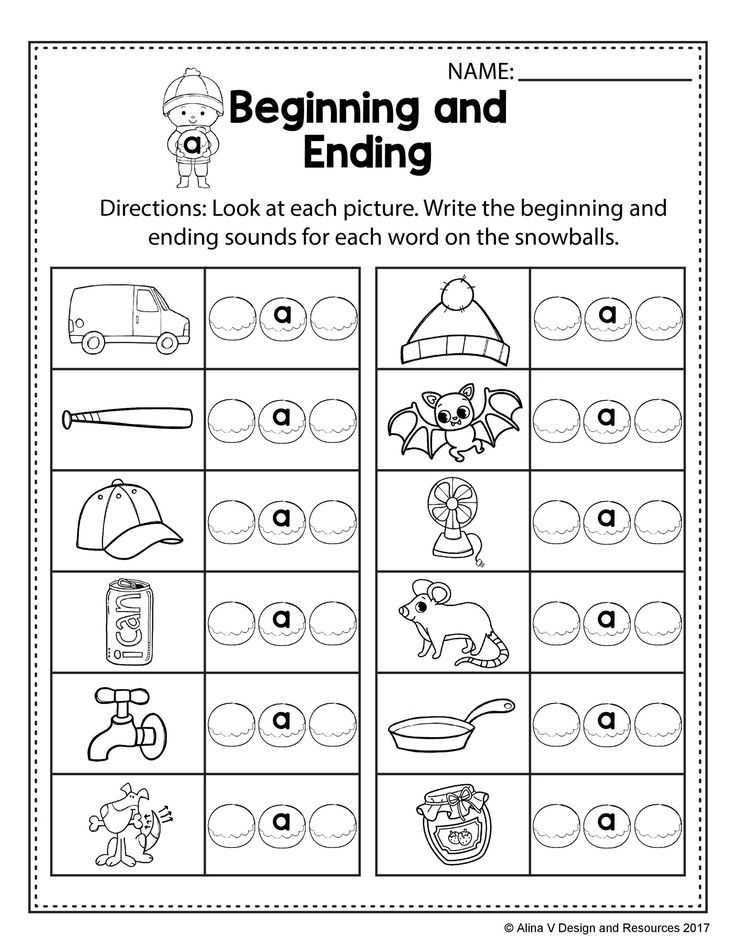 Depending on your student’s level, they may benefit from shadowing the audio/video without a transcript. While understanding all the vocabulary has its benefits, the focus here is on listening and imitating the sounds.
Depending on your student’s level, they may benefit from shadowing the audio/video without a transcript. While understanding all the vocabulary has its benefits, the focus here is on listening and imitating the sounds.
3. Fill in the Blanks
Better suited for children or beginner adults.
Fill in the blanks is perhaps one of the easiest and most effective activities for younger students. Everyone loves learning from images, and there’s a wealth of worksheets available online.
Prepare some easily recognizable images of things that have short vowel sounds. The words don’t have to be only three letters, but they must be suitable for the level of your students.
Create sentences with the short vowels blanked out that the students can easily guess with context, using the image. Be sure to put blanks in each short vowel so they can count the sounds.
After they’ve written their phrases, they can compare in pairs or groups and read aloud to practice the sounds.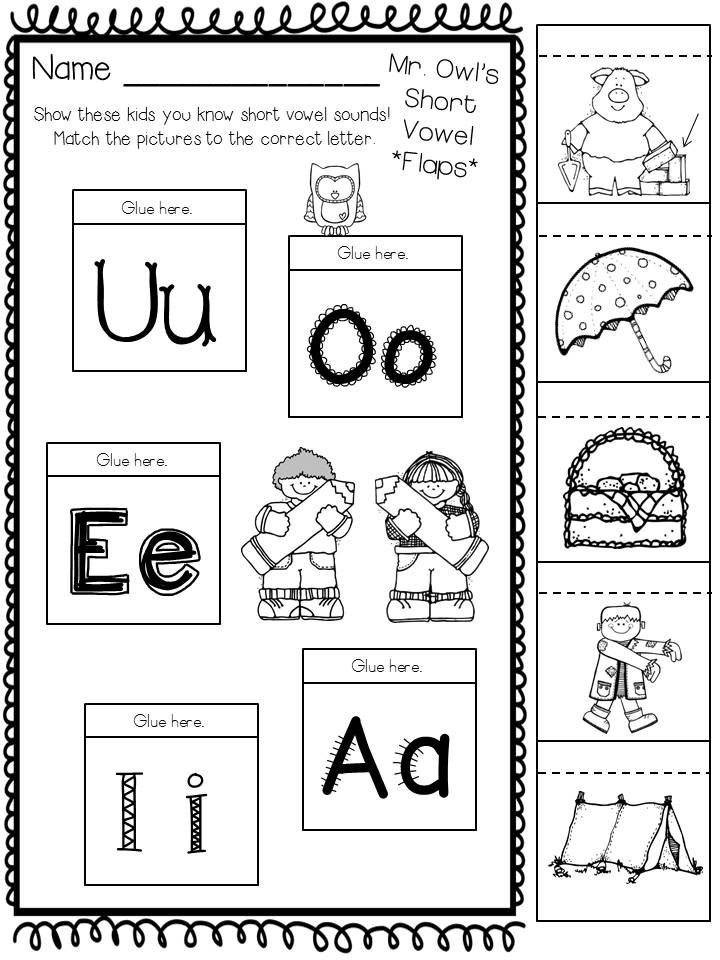
Some phrases you could use:
- My pig is in the mud.
- The dog is on my bed.
- I go to the park in a car.
- The sun is very hot.
- The frog is on the log.
4. Minimal Pairs Bingo
Suitable for children or adults.
Minimal pairs bingo is an excellent activity for all ages and levels because you can easily adjust the words you use to suit your students.
For this activity, you’ll focus on two similar short vowel sounds using a bingo-style card of 25 squares. Before starting, tell each student to put each word in any square of the card.
Once they’ve done that:
- Ask one student to pick a word from a hat (you’ll have to cut them up beforehand) and read it to the class.
- The students should then cross out that word on their cards.
- Continue until a student has crossed out a complete row of 5 consecutive squares (vertically, horizontally, or diagonally).
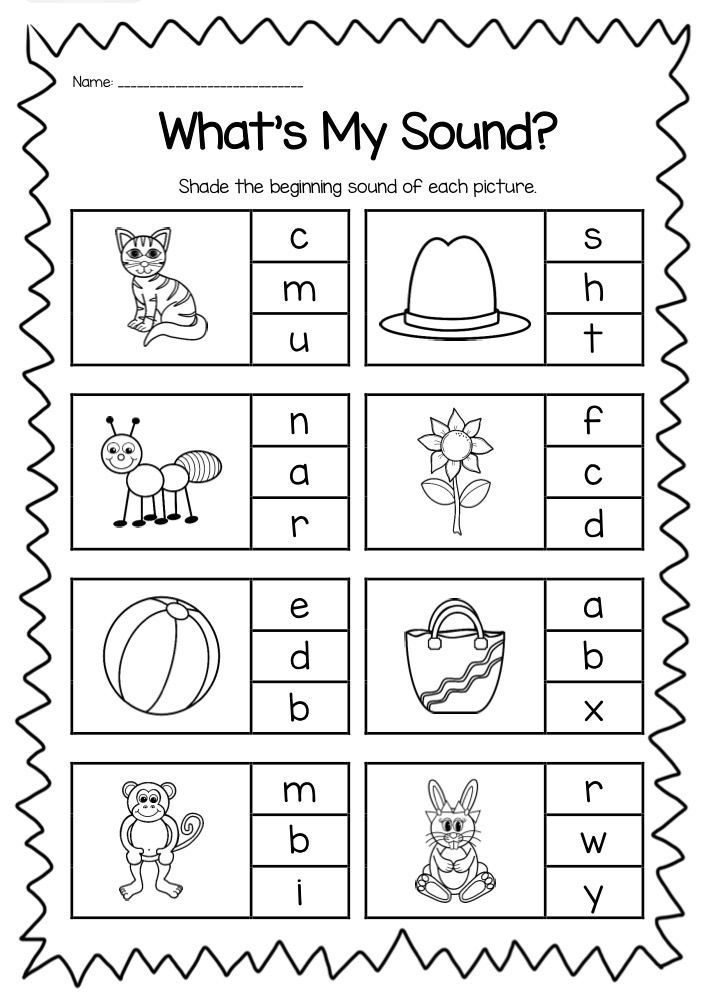 The winner has to yell “bingo!”
The winner has to yell “bingo!” - After a student gets bingo, they should read back the words out loud for pronunciation practice.
You should keep track of the words you draw to check the winner’s card at the end.
5. Dictation
All ages and levels.
Spelling should improve as well as pronunciation when learning short vowels. Dictation serves to make that happen, and it’s easily adjusted to all ages and levels.
You can make standard dictation more exciting by putting students into groups or even making it a little more competitive with a time limit or something similar, which can also work well for a single student.
- Give everyone a piece of paper or mini whiteboard.
- Dictate words at a steady pace, repeating each once.
- Check all words and correct spelling where necessary.
- Dictate another round of new words slightly faster without repeating.
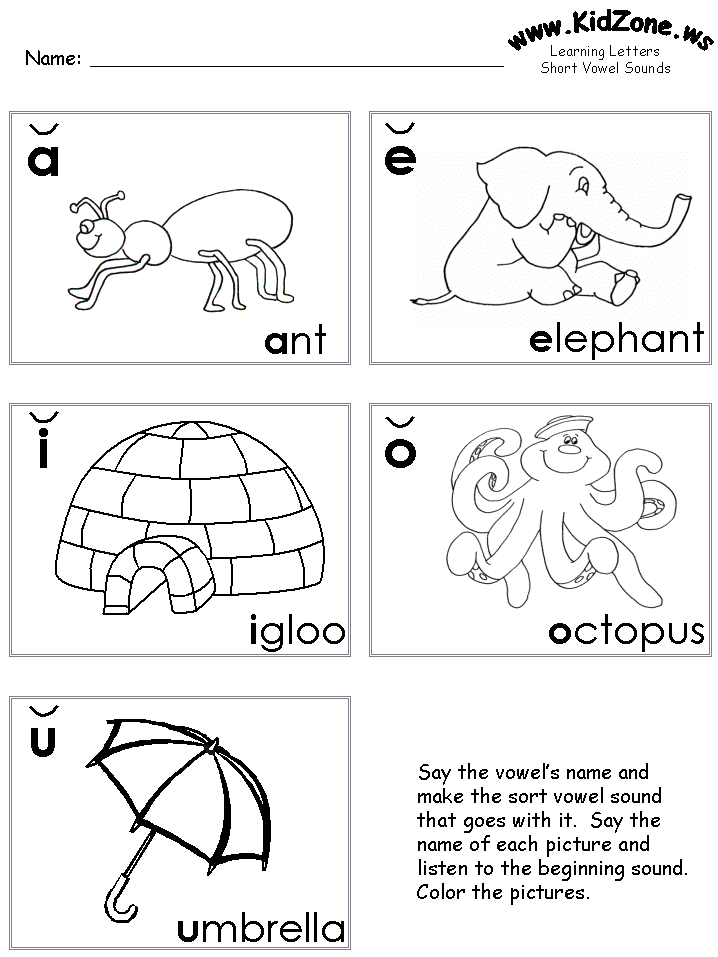
- Try moving onto sentences if they find it too easy.
6. Scrabble-style Phonics Game
Better suited beginners and young learners.
Memorizing pronunciation rules is usually challenging for most students learning short vowel sounds, but putting what they’ve learned into practice can be even more difficult.
This scrabble-style phonic game is a hit among beginner and young ESL students. Teachers present a short vowel sound, and students have the chance to get creative with the words they come up with.
- Give your students their sheet of letters. You can even design your own but make sure to exclude vowels.
- Give them a vowel (or more if you want to do bigger words).
- Student draws two or more letters and dictates the words they make. Then you list which words are real vs. not real.
- Students get the points for the corresponding letters.
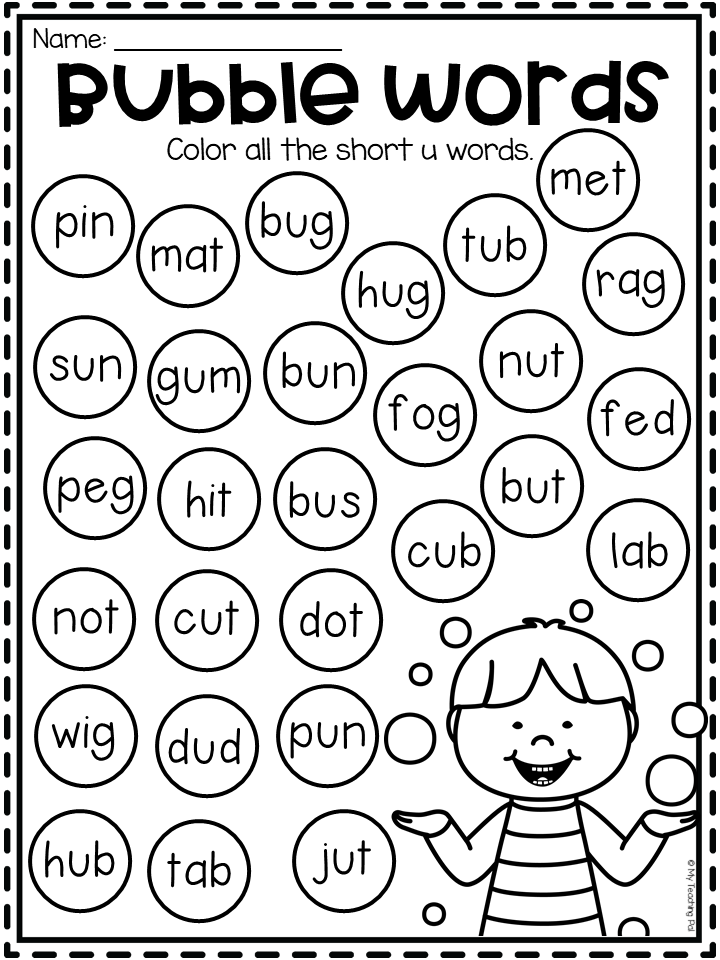 The point system is often an encouragement.
The point system is often an encouragement.
7. CVC Dice Game (consonant-vowel-consonant)
Children or adults of beginner level (A1/A2).
You can use real dice with a chart of vowels or print a premade set for this activity. Similar to the scrabble-style activity, the focus here is on the student using the short vowel sounds, not vocabulary.
There are two ways you can approach this activity:
- Using real dice with a corresponding chart of vowels.
- With a premade set of consonant and vowel dice.
With Real Dice
- Set a vowel for each face of the dice
- Give the students two consonants
- Students roll the dice (two if you want bigger words)
- They create as many CVC words as they can and say them out loud at the end
Premade Consonant Dice
You can adjust this for more advanced students by allowing them to create bigger words using the two consonants, as long as they follow the CVC format.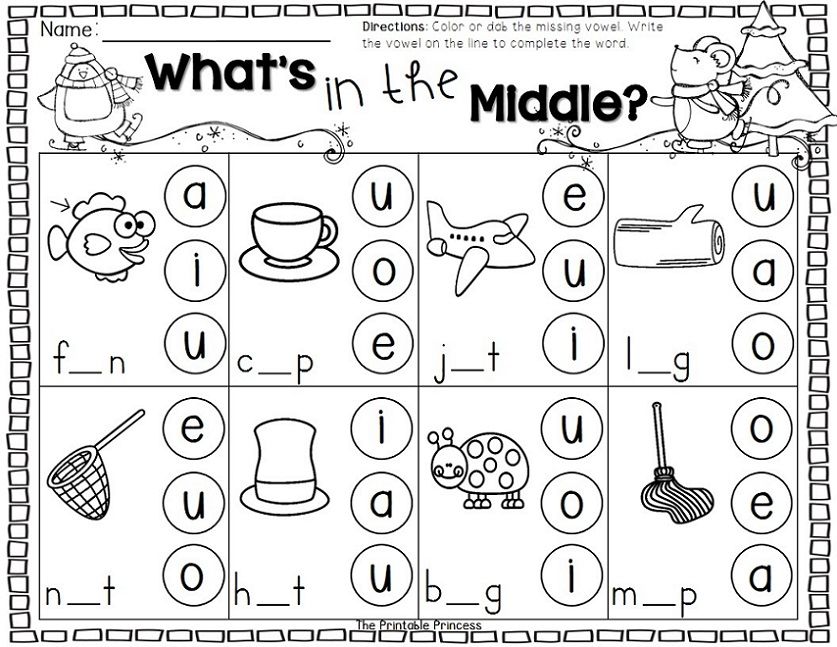
- Students continuously roll the dice (for a predetermined amount of time) and write down all the words they create.
- The students read their words out loud at the end while you note which aren’t real words.
Beginners may make some silly words, but that’s fine; the importance is that they use the short vowel sound out loud.
8. Read Dr. Seuss
Better suited for children, but some adults of beginner/intermediate levels may enjoy it.
Who hasn’t read Dr. Seuss and loved the rhymes and illustrations? The books are designed to teach kids the simplest way possible, so the catchy and memorable rhymes are perfect for helping students practice and remember vowel sounds.
These three Dr. Seuss books are considered the best for learning vowel pronunciation:
- Oh Say Can You Say
- Fox in Socks
- Hop on Pop
Remember to bring attention to, or mark, the words with short vowel sounds so the students can write them down and practice them.
Conclusion
You can easily adjust all these activities to suit online and one-on-one classes, no matter your teaching style, so there’s something here for everyone.
Students will gain confidence with time and a few different activities and soon look forward to pronunciation-focused classes without nerves or overthinking!
The proof of the progress is in the pronunciation, and our free worksheets are an excellent way to get students to practice at home and solidify what you’ve taught them in class.
Abstract of a lesson in teaching literacy "Learning vowels and consonants with Masha" | Literacy training plan (preparatory group):
Municipal Budgetary Educational Institution kindergarten No. 1 "Kolosok" of the Komsomolsky district of the Chuvash Republic
Summary of teaching literacy with children of the preparatory for the school
on the topic:
"Learn vowels and consonants with Masha"
| Prepared by: speech therapist MBDOU Kindergarten No. |
Komsomolskoye, 2019
Goal: Teaching children the ability to differentiate sounds into vowels and consonants
Objectives:
Educational:
- Continue learning to divide isolated sounds into vowels and consonants by observing your voice and articulatory organs;
- Continue learning to highlight 1 sound in a word and correlate it with a certain color, depending on whether the sound is a vowel-consonant;
- Continue to learn how to analyze the sound of the word;
- Exercise in the ability to select words for a given scheme.
Developing:
- Develop auditory attention and phonemic hearing;
- Develop auditory memory, thinking.
Educational:
- Continue to develop the ability to act according to instructions;
- Continue to teach to listen carefully to an adult, to be active.
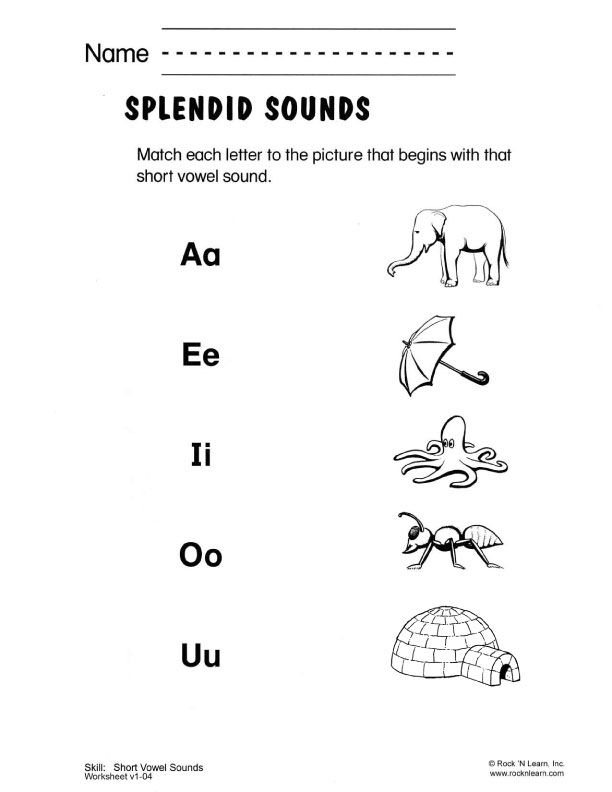
Course of the lesson
Organizational moment
- Good afternoon, guys! Look who came to visit you today? Did you recognize her? (shows the doll Masha from the cartoon "Masha and the Bear") Of course, this is Masha! She, like you guys, is going to school soon. Misha prepared tasks for Masha to check if she is ready for school. (The teacher shows a closed box with the inscription "Masha") But, Masha is afraid that she will not cope with the tasks alone. Well guys! Are you ready to help Masha? (Yes) Get ready and you Masha listen carefully and memorize!
- Dividing sounds into vowel and consonant
- Before going to school, we must learn to hear all the sounds in a word and determine which sound is a vowel or a consonant. So let's make a sound! (Children sing the sound A). Does the voice come out freely? (Yes!). That's right, the voice comes out freely, which means the sound is a vowel. Let's make the sound C! (Children pronounce) Does the voice come out freely or is something preventing it? (Answers of children).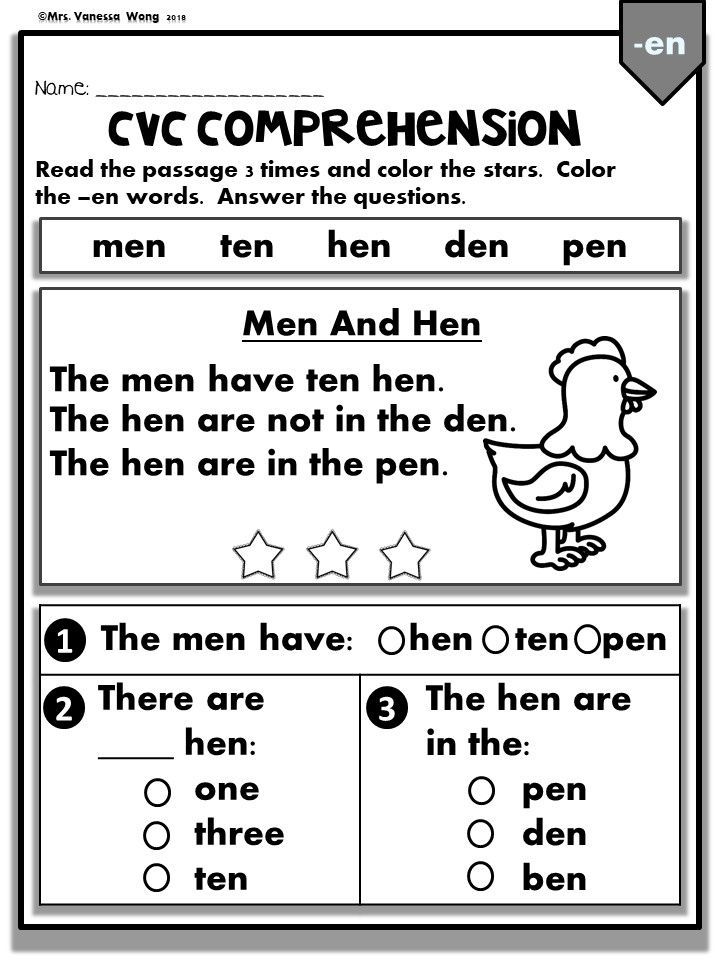 The voice meets an obstacle in the form of teeth and tongue, which means the sound is consonant. (Next, the teacher pronounces the sounds O, Sh, M, U, Z, Y, E, D - the children determine whether the sound is a vowel or a consonant)
The voice meets an obstacle in the form of teeth and tongue, which means the sound is consonant. (Next, the teacher pronounces the sounds O, Sh, M, U, Z, Y, E, D - the children determine whether the sound is a vowel or a consonant)
2. The game "Determine what sound and raise the circle of the desired color"
- Guys, and you, Masha, must remember that we denote vowel sounds in red, the voice comes out freely, it is sung, nothing interferes with it (a picture is shown -scheme). We designate consonant sounds in blue, the voice meets an obstacle in the form of teeth, lips, tongue (a picture-diagram is shown)
I suggest playing a game. I will name the sounds, and you will determine the sound of a vowel or consonant and raise the desired color (The teacher calls the sound - the children raise the circles of the corresponding color)
3. Naming vowels
- So, let's name the vowels again. There aren't many of them. (Children call the vowels A, O, U, Y, E, I)
4.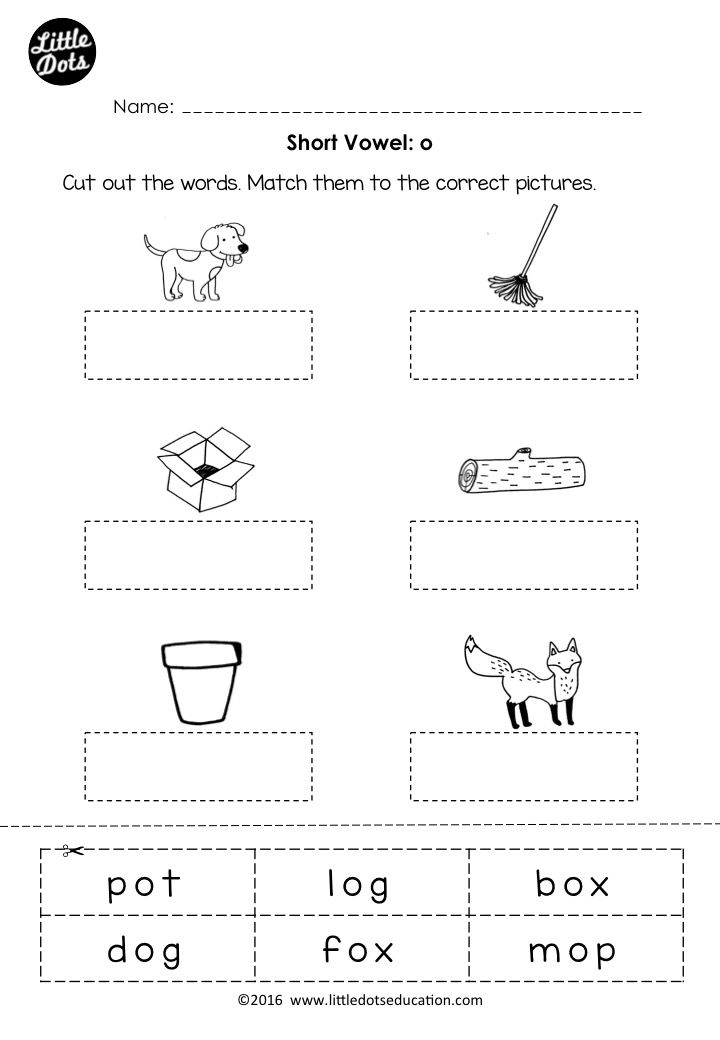 Task "Name the picture and stick a circle of the right color"
Task "Name the picture and stick a circle of the right color"
- Guys, we can distinguish between vowels and consonants. And now we are ready to help Masha complete one of the tasks in the package. (The teacher takes out a poster with pictures and self-adhesive mugs in blue and red). You must determine what sound the picture begins with and stick a circle of the desired color next to it. If the word begins with a vowel sound, glue a red circle next to it. If from a consonant, we glue a blue circle. (Children perform the first few pictures together with the teacher. Then each child goes to the easel, loudly calls the picture, and sticks the right circle)
- Well done guys! You did it. Let's move on to the next task from the package.
5. Game exercise "Put the pictures in the right houses"
The teacher takes out two cardboard houses with a red and blue roof, as well as pictures. In the center of the house, instead of windows, there are transparent pockets for inserting pictures.
- Guys, in front of you is a house with a red roof and a house with a blue roof (The teacher fixes them on an easel). And also pictures. You will need to determine with what sound (vowel or consonant) the word in the picture begins and populate it in the right house. We will name the picture quietly, to ourselves.
6. Physical education
We know a lot of words on the vowel: Stork autumn duck hoar. (Children step on a red circle and jump on the spot) on the consonant, we also know: Beetle of firewood grass goat. (Children step on a blue circle and jump on the spot) And now, a friend do not yawn, you come correctly! (The teacher calls words to vowel and consonants, children step on circles of the right color).
7. Sound analysis of the word COM
- Let's move on to the next task from the premise. (The teacher takes out a poster and three circles: two blue ones and a red one) A riddle is written here. The mystery about the most beloved fish of Masha
A huge fish lies at the bottom, as if a block.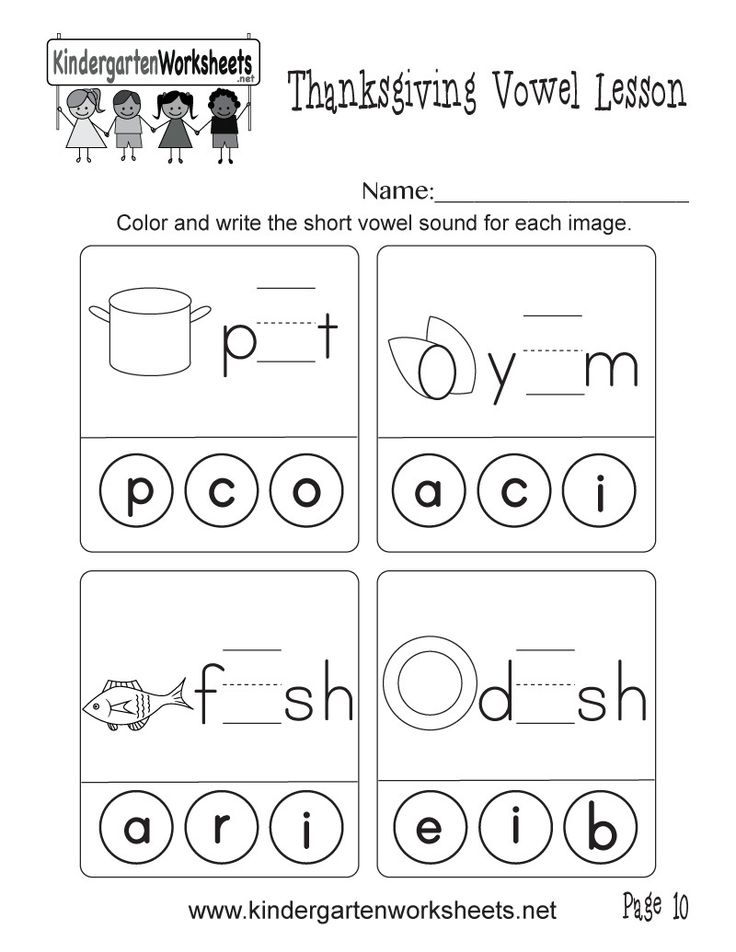 Lies, moves his mustache, does not tell the fish to yawn. There is a house in a deep pool, , , , , , , , , , , ,0003
Lies, moves his mustache, does not tell the fish to yawn. There is a house in a deep pool, , , , , , , , , , , ,0003
- We need to spell out the word COM using these circles. So, what 1 sound is heard in the word COM (Correctly C) C is what sound (Consonant). So, we put in a circle of what color (Blue) What sound goes on (Sound O) O - this is what sound (Vowel). So, lay out a circle of what color (Red). What we got (CO). Which sound comes next (Sound M). M is what sound (Consonant). So, we put a circle of what color (Blue) Name the consonant sounds in the word COM (M and C). What is the vowel sound in the word COM (O). Well done!
8. Selection of pictures for the scheme. Isolation and naming of consonants and vowels in words.
- Look at the pictures. (The teacher takes out a poster with pictures). Find and name the pictures that match our scheme. (Scheme is shown: blue, red, blue). Children name pictures. Then only consonants are called, and only vowels).
9.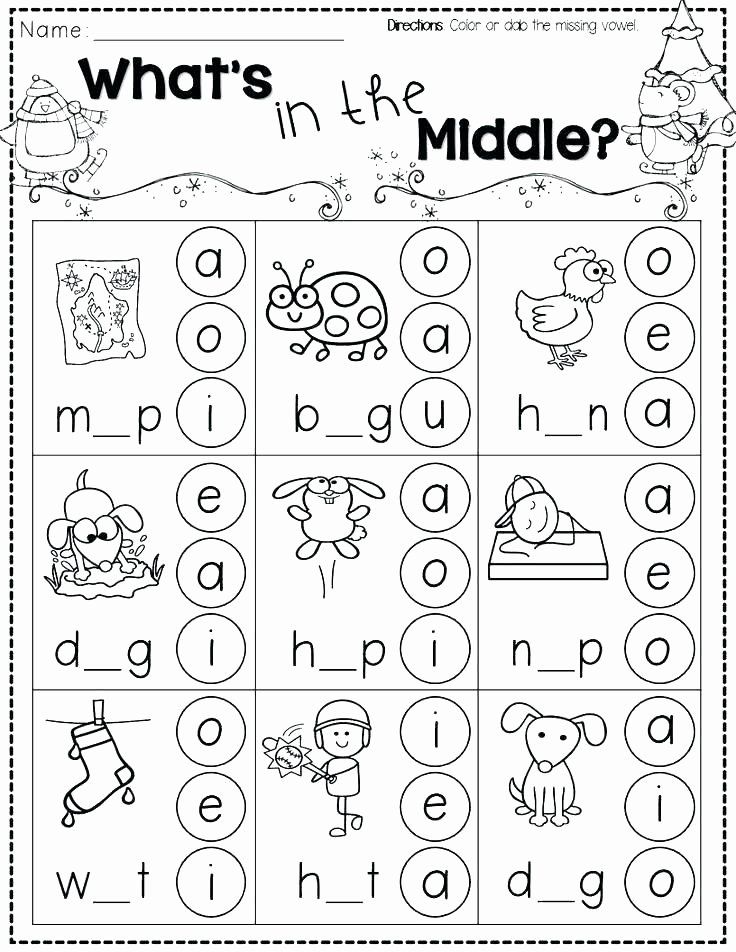 Summing up.
Summing up.
- Guys, you completed all the tasks from the package. Let's remind Masha again, what sounds are there? (Vowels and consonants) What color do vowels represent? (Red) Name the vowels (A, O, U, S, E, I). What words that begin with a vowel do you remember? (Answers of children). What about a consonant sound? (Answers of children). Guys, you were all great today! You completed all the tasks and helped our Masha! Now Masha can go to school with you!
Summary of the lesson on the topic Vowels A, U, O. | Plan-outline of the lesson on teaching literacy (senior group):
Summary of the lesson on the topic “Vowels “A”, “U”, “O”. Consolidation of the material covered.
Purpose: to consolidate children's ideas about the concepts of "sound", "letter", "word", knowledge is formed about the vowel sounds "A", "U", "O" and their letter designation.
Tasks:
- To consolidate children's knowledge about vowel sounds ("A", "U", "O") and their letter and symbol - a red square.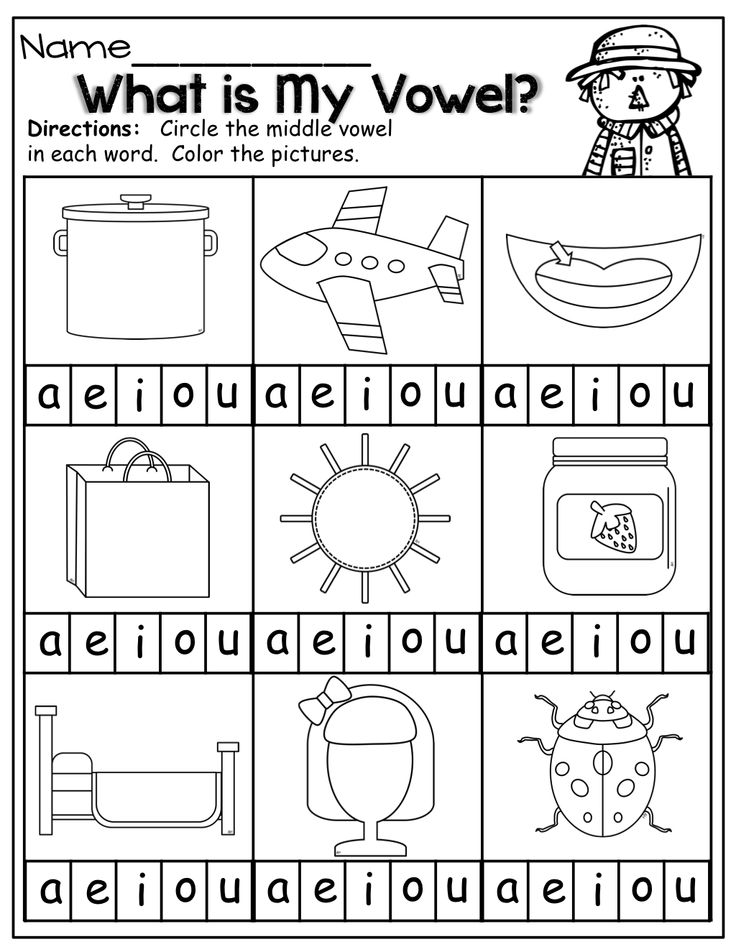
- Train in the ability to determine the place of a sound in a word (at the beginning, in the middle, at the end of a word).
- Make up words on your own, find given letters in the alphabet.
- By merging 2 sounds, combine them into the words "ay", "wa".
- To consolidate children's understanding of the concepts: "sound", "letter", "word".
- Continue to teach children to divide words into syllables.
- Develop a sound culture of speech, phonemic hearing.
- Cultivate kindness, a sense of gratitude.
Equipment and materials:
3 red squares, printed letters "A", "O", "U", subject pictures, fake fruits and vegetables, 3 plates, hoops, doll, steering wheel, alphabet.
The course of the lesson.
Educator:
- Guys, do you like to travel? And let's go to the country "Alphabet Mania". Do you want to get to where the letters live? Is everyone ready to travel? The bus is waiting for us.
The conductor distributes tickets with the letters “A”, “U”, “O”.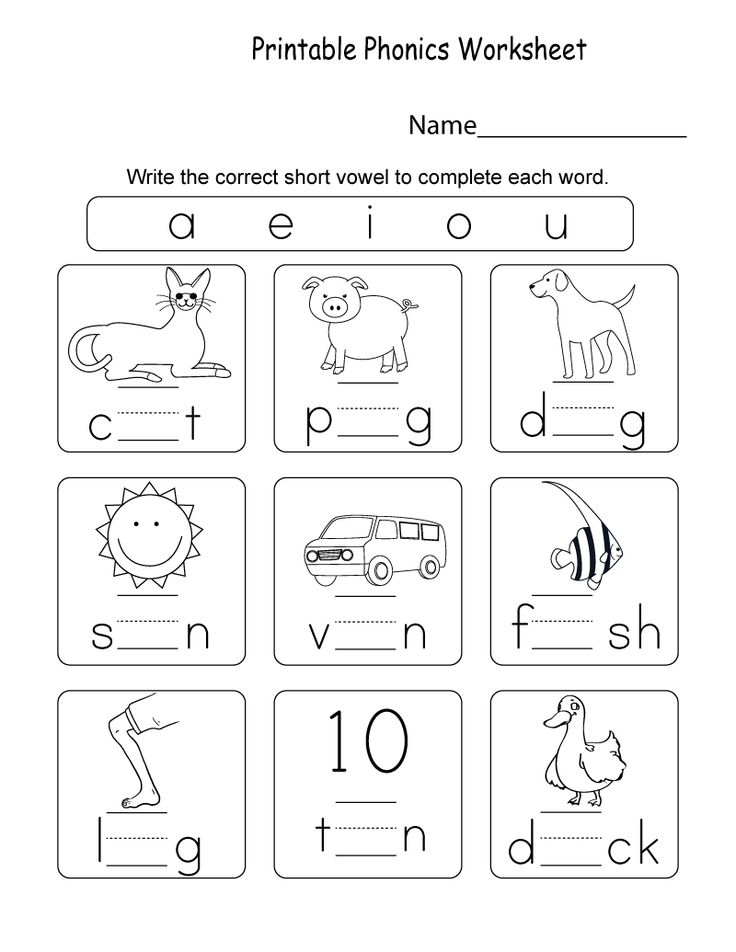 Each passenger needs to find their own chair (with the same letter). The driver takes his seat.
Each passenger needs to find their own chair (with the same letter). The driver takes his seat.
Teacher:
- To find out the first stop, say the first sound in the word "Bus". Let's hit the road. The song is bus. Children imitate movements, sing along.
First stop.
Educator:
Riddle:
Two columns diagonally,
And between them is a belt
(letter "A")
- Whose house is this? What letter? What colour is he?
Children: Red.
Educator: Why?
Children: Vowels are marked in red.
The letter "A" appears from the house. Children hold out the sound.
- What is the sound of a vowel or consonant (vowel)? We need to complete the task that the letter has prepared for us.
Game "Where does the sound live?"
Children alternately find fruits in the pictures, in the name of which they hear the sound “A” at the beginning of the word, in the middle, and at the end (orange, banana, pear).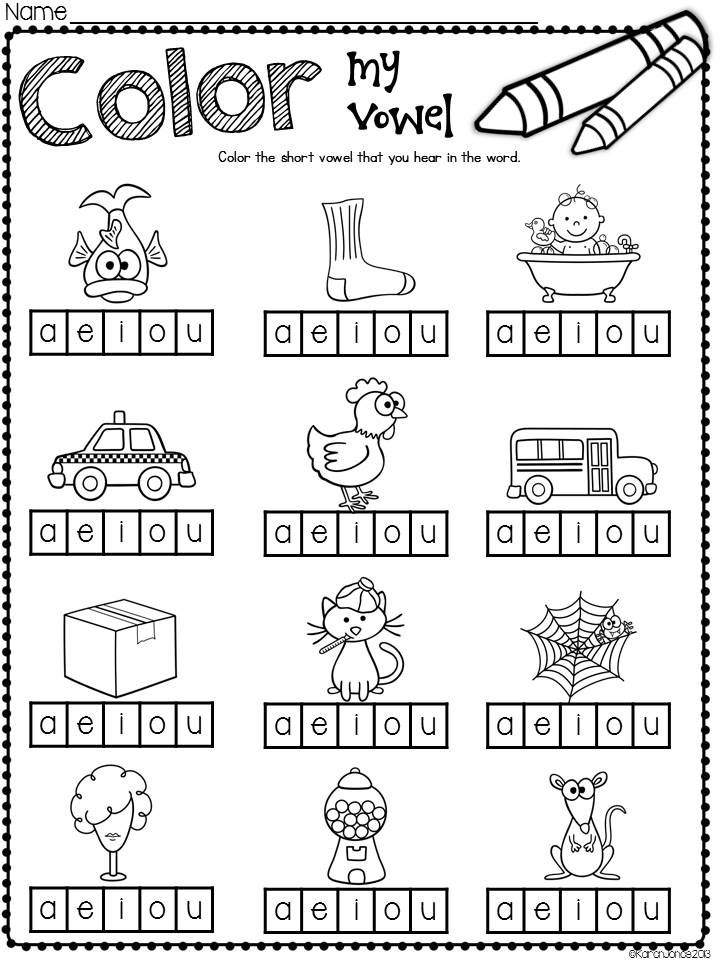
Educator:
- Guys, look, the letter "A" has prepared another task for us! What do you see in the basket (vegetables)?
To go further, we need to complete the task.
Game exercise: “Put the vegetables on plates” (depending on the syllables: 1 syllable, 2 syllables, 3 syllables). (Onion, garlic, cabbage, tomato, …)
Children put vegetables on plates. Other children check with claps.
Educator:
- How many vegetables are in each plate? The letter "A" liked the way we completed the task, and she gives us these gifts to take with her to kindergarten. We'll feed the other guys.
Children go to the bus.
We take our seats and move on. Music sounds.
Second stop.
Guess the riddle:
There is a hollow in an old tree
Well, just like the letter… (“O”).
Educator:
- What letter house do we see? What colour is he?
Children: Red.
Educator: Why?
- Stretch this sound.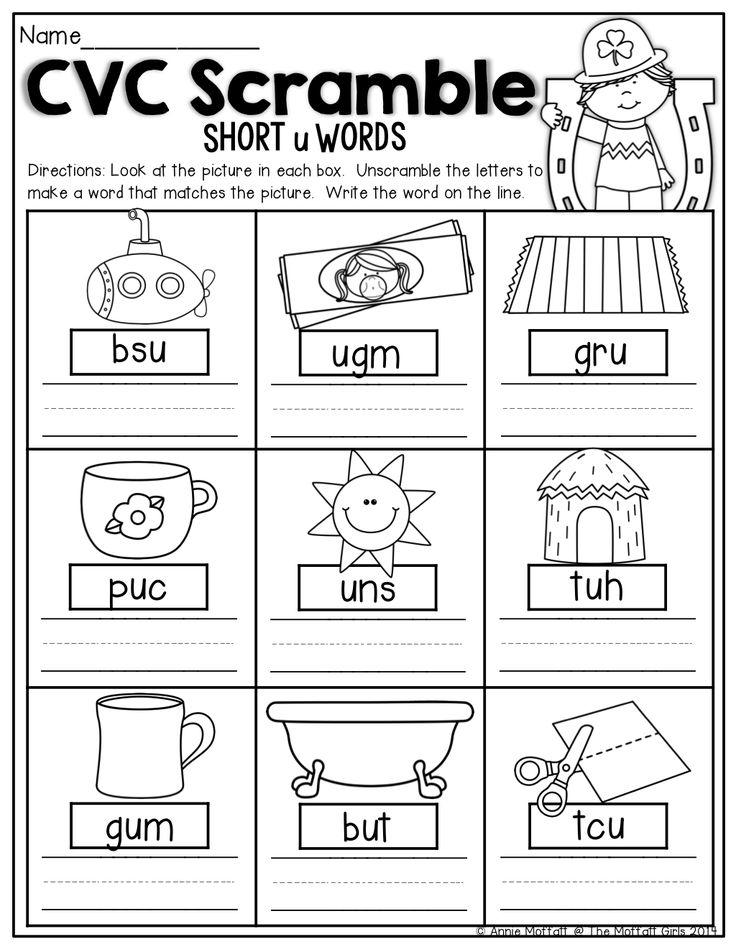
The letter "O" comes out. She also prepared a task for us.
The game “Which word contains the sound “O”. The teacher says the words. Children clap their hands if the sound "O" lives in the word. (Scooter, watch, wasp, sleigh, boots, dog, fox, chair, cloud, beads, elephant)
Educator:
- The letter "O" thanks the children for the completed tasks.
Moving on. Children take seats on the bus. Let's move on to the music.
Third stop.
Riddle:
Who is that on the path
Carrying his house on the back (snail)?
- Say the first sound.
The letter "U" comes out. Asks children to come up with words with the sound "U" at the beginning, in the middle, and at the end of the word. (Duck, iron, mustache, fishing rod; bag, dishes, doll; kangaroo, sitting)
Educator:
- What color is the house near the letter "U"? Why?
- It turns out that the letter "A" came to visit the letter "U" (the letter "A" comes before the letter "U").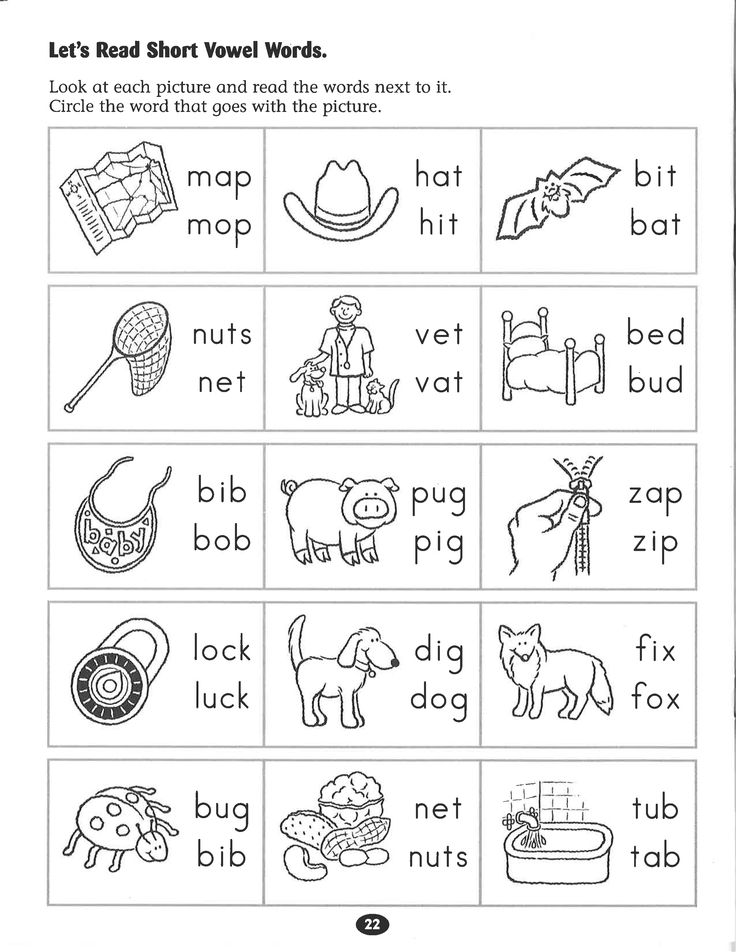

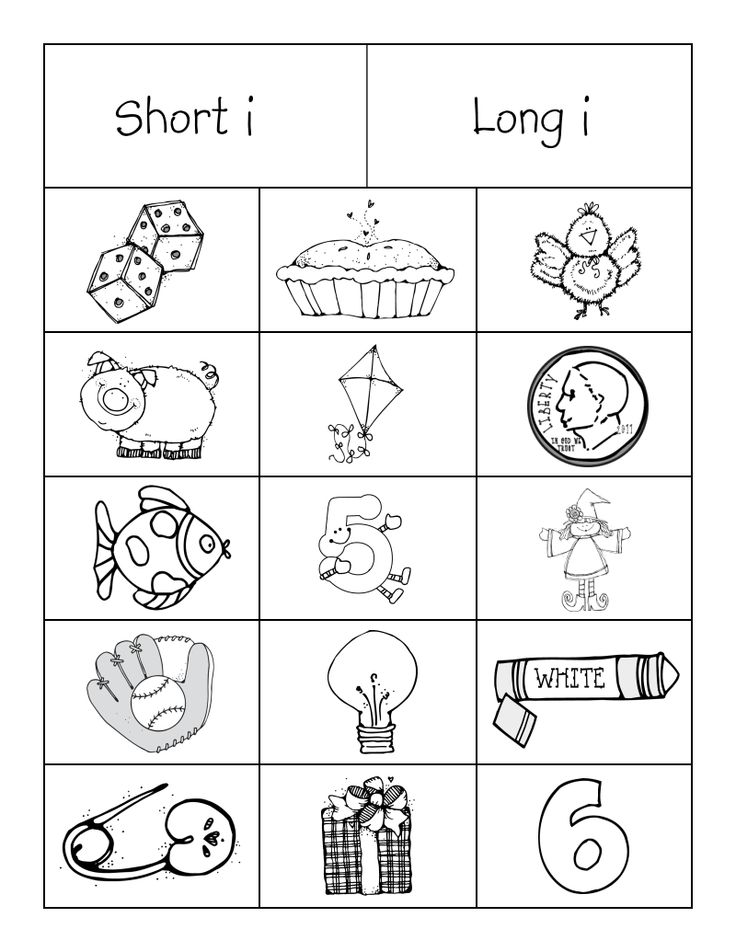 1 "Kolosok" of the first qualification category of Nizamova Zilya Semigullovna
1 "Kolosok" of the first qualification category of Nizamova Zilya Semigullovna 


